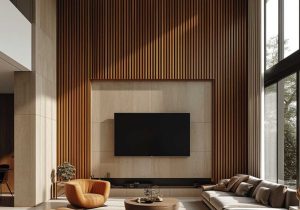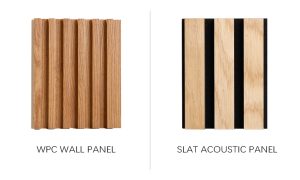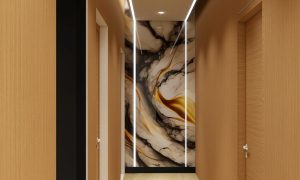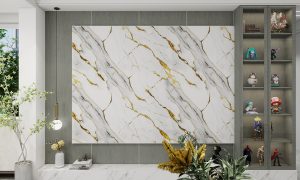
Wood-plastic composite (WPC) wall panels are a popular and eco-friendly alternative to traditional wall materials. They are composed of a combination of wood fibers or flour and thermoplastics, typically high-density polyethylene (HDPE), polypropylene (PP), or polyvinyl chloride (PVC). The production of WPC wall panels involves several raw materials, each playing a crucial role in the overall performance and characteristics of the final product.
- Wood Fiber or Flour:
- Source: Wood fibers or flour are derived from various wood species. These can include hardwoods like oak or softwoods like pine.
- Processing: The wood is processed into small particles or fibers to enhance their compatibility with the thermoplastic matrix. The size and type of wood particles can influence the properties of the WPC.
- Thermoplastic Resin:
- HDPE (High-Density Polyethylene), PP (Polypropylene), or PVC (Polyvinyl Chloride):
- HDPE: It is a commonly used thermoplastic in WPC production. It provides durability and resistance to moisture.
- PP: Offers good strength and stiffness. It is also known for its resistance to chemicals.
- PVC: Provides excellent weatherability and resistance to UV radiation.
- HDPE (High-Density Polyethylene), PP (Polypropylene), or PVC (Polyvinyl Chloride):
- Additives:
- Coupling Agents: These agents enhance the bonding between the wood fibers and the thermoplastic matrix, improving overall strength and performance.
- Stabilizers: Stabilizers protect the WPC material from degradation due to exposure to sunlight and other environmental factors.
- Colorants and Pigments: These are added to give the WPC wall panels their final color and appearance.
- Processing Aids:
- Lubricants: Used to reduce friction during the manufacturing process and improve the flow of the material.
- Foaming Agents: Introduce a cellular structure to the material, reducing weight and enhancing insulation properties.
- Biocides and Fungicides:
- These additives help prevent the growth of mold, mildew, and other microorganisms, ensuring the longevity of the WPC wall panels.
- Fiberglass or Other Reinforcements:
- In some cases, fiberglass or other reinforcing materials may be added to enhance the mechanical properties of the WPC, such as tensile strength and impact resistance.
- Recycled Materials:
- WPCs are often considered environmentally friendly because they can incorporate recycled materials. Recycled wood fibers, post-consumer recycled plastics, or industrial by-products can be used, reducing the overall environmental impact.
- Other Fillers:
- Some manufacturers may incorporate other fillers like rice husks or bamboo fibers to further diversify the composition and improve specific properties.
- Crosslinking Agents:
- Crosslinking agents can be added to improve the dimensional stability and resistance to temperature fluctuations.
- Flame Retardants:
- Depending on the application, flame retardants may be included to meet safety standards and regulations.
The specific formulation of WPC wall panels can vary among manufacturers, and the choice of raw materials depends on factors such as cost, desired properties, and the intended application of the final product. As technologies evolve, there may be ongoing developments in the types of raw materials used in WPC production.






